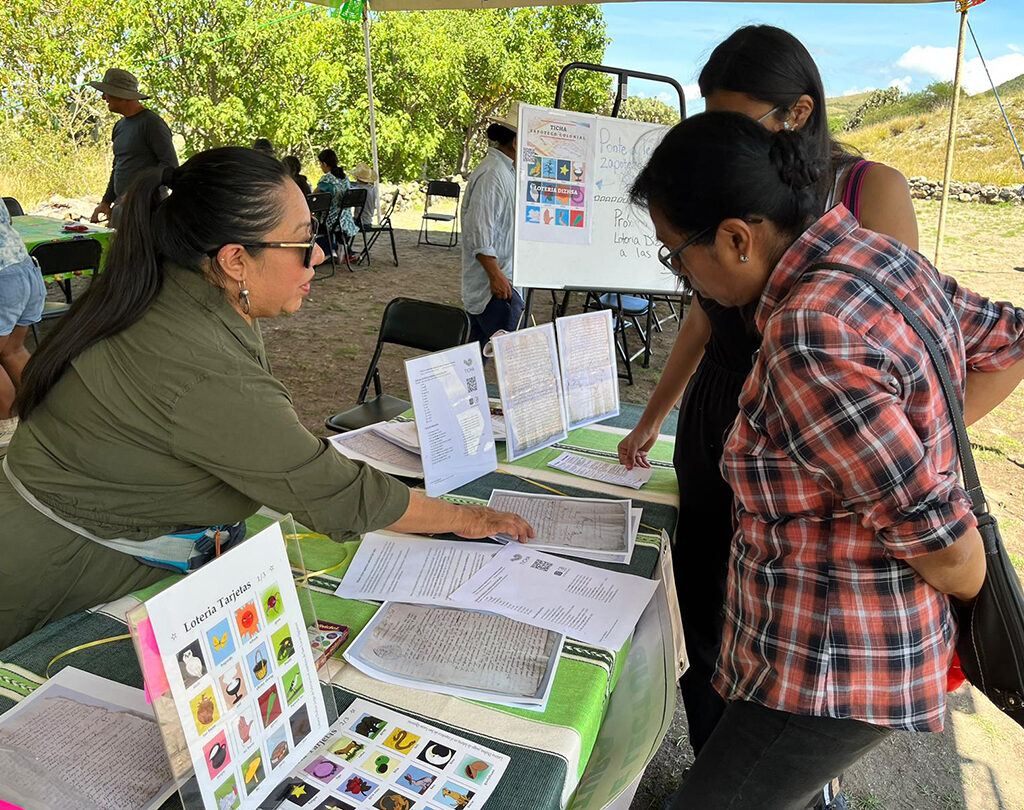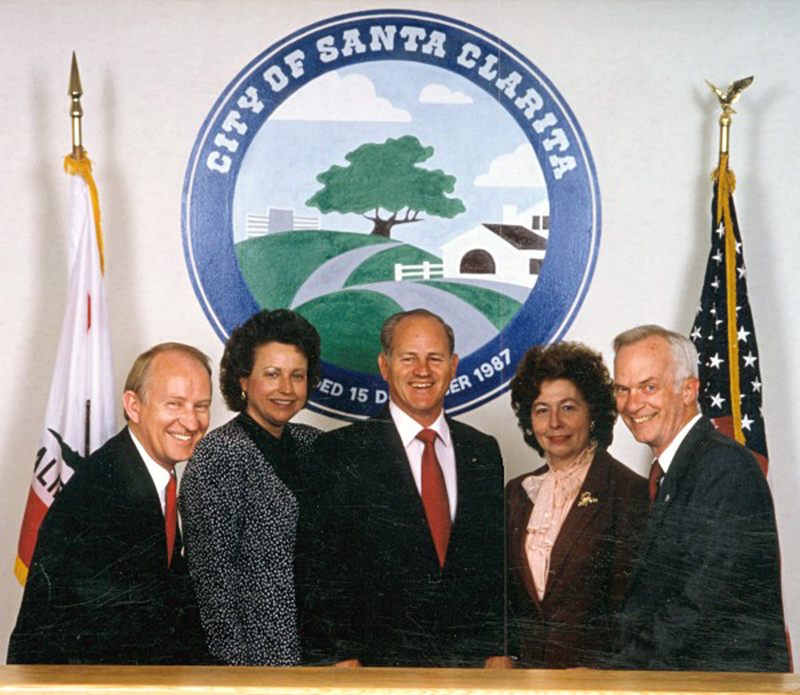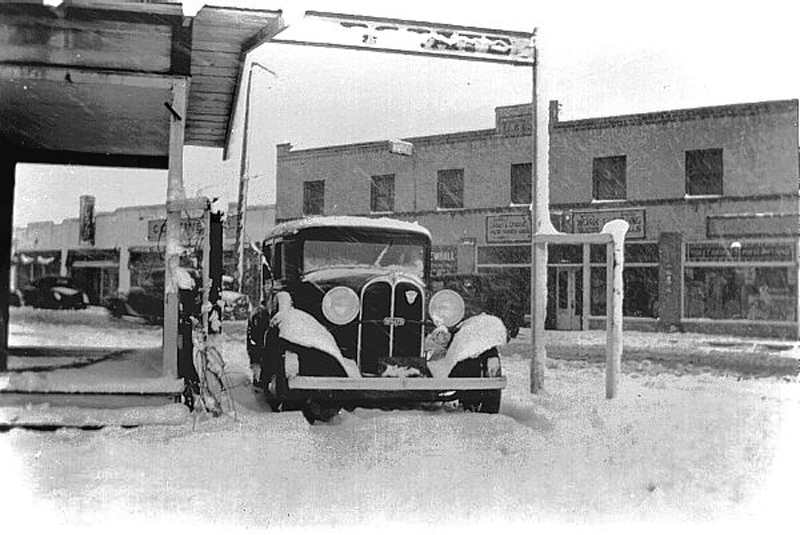California State University, Northridge associate professor of Chicana/o studies Xóchitl Flores-Marcial’s work to document and preserve the Indigenous languages of Mexico has received recognition from the National Archives.
Flores-Marcial is a member of a transnational team of researchers that has received a $90,000 grant from the Archives’ National Historical Publications & Records Commission to support the creation of a collaborative digital edition of Colonial Valley Zapotec texts and other resources that can be used by scholars and members of the general public from around the world interested in studying and understanding Indigenous life in what is now known as the Oaxacan region of Mexico from as early at the 16th century.
“There is an old saying that says that to the victor goes history,” said Flores-Marcial, a historian of Zapotec Indigenous communities who teaches in CSUN’s College of Humanities. “By preserving and making these texts and languages available digitally, we are offering an opportunity for historians, scholars and our own students to learn about what life was like for the Indigenous people who lived in southern Mexico, primarily in the state of Oaxaca — a history that was often overlooked because of Spanish colonialism until recently.”
The project, known as Ticha — named for the Zapotec word for “word” — is based at Haverford College in Pennsylvania. In addition to CSUN’s Flores-Marcial, its team includes researchers from the University of Florida, Universidad Nacional Autónoma de México, University of Pennsylvania, University of Texas at Austin, University of New Mexico, University of British Columbia and University of California, Riverside.
Ticha allows users to access and explore a large corpus of alphabetic texts written in Zapotec languages, the earliest dated to 1565. Reading and interpreting these colonial documents can be extremely difficult without the help of Ticha because of the challenges of early Zapotec orthography, vocabulary, grammar, and printing conventions, yet the documents contain rich linguistic, historical, and anthropological information.
“The goal of the project is to make these documents accessible to scholars in a variety of fields — from linguistics to history — and more importantly, to members of Zapotec community themselves and to our students,” Flores-Marcial said.
She noted that many of her own students at CSUN are descendants of Indigenous communities in Mexico and other parts of the Americas and don’t know their own history.
“I also have students who speak Indigenous languages,” she said, “and this project gives them an opportunity to understand how their language and communities have evolved over the centuries.”
Flores-Marcial said that when she asks her students to describe what life was like for Indigenous people in the early 16th century Mexico, they often respond with stereotypes of barely clothed people living in primitive communities.
“As the texts in the Ticha clearly demonstrate, the Zapotec were workers, scholars and artisans who lived in sophisticated communities, created complex textiles and jewelry, kept ledgers and wrote journals in their languages and built structures that awe architects and historians to this day,” she said. “When I invite my students to visit Ticha, they realize that all those stereotypes were wrong, and gives them an opportunity to truly appreciated who their own history, and the history of the Americas. The support from the National Archives is helping us tell the story, the history of the Indigenous people of the Americas.”
Like this:
Like Loading...
Related





 Tweet This
Tweet This Facebook
Facebook Digg This
Digg This Bookmark
Bookmark Stumble
Stumble RSS
RSS
































REAL NAMES ONLY: All posters must use their real individual or business name. This applies equally to Twitter account holders who use a nickname.
0 Comments
You can be the first one to leave a comment.